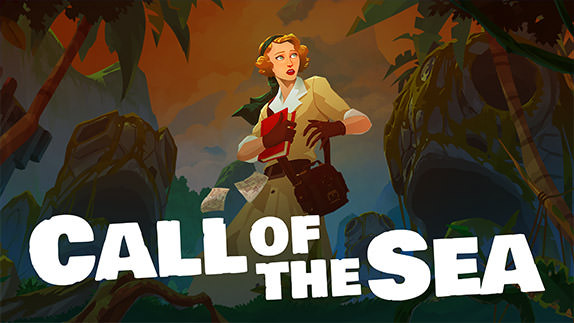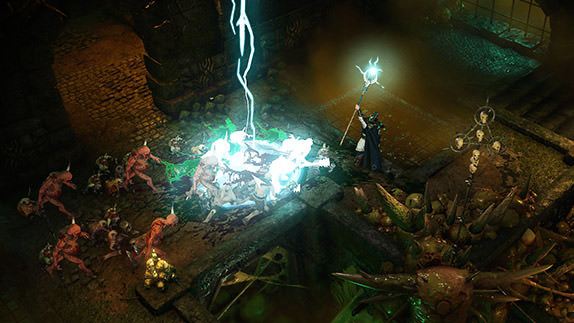Arcania: The Complete Tale Review
 By Kevin Mitchell
Posted on September 15, 2013
By Kevin Mitchell
Posted on September 15, 2013
It has been almost three years since the original release of Arcania: Gothic 4 on PC and Xbox 360. While being the fourth title in the Gothic series, Arcania wasn’t developed by Piranha Bites, who created the previous games, but instead Spellbound Entertainment took the helm. Arcania changed how the Gothic series played, favoring a linear approach to capitalize on Bethesda’s popularity on the consoles with Oblivion. PlayStation 3 missed out on the initial release, and Spellbound has found it fit to finally release the game along with the stand alone expansion, Fall of Setarrif, as the compilation pack: Arcania: The Complete Tale. When it was initially released, it garnered average reviews, but the release of Skyrim and The Witcher 2 proved that the genre has grown up, moving past the endless amount of fetch quests found here.
Fetch quests are nothing new to role-playing games, all of them having their fair share, but Arcania takes it to a new level. Attempting to get a single item for an NPC, forces you first to talk to a local farmer who is willingly to help if you clear out creatures in a nearby cave, but before doing that you must do something for the man in front of the cave, so on and so forth. For the most part, I’ve learned to live with fetch quests in games, but if I forget what I was originally trying to set out to do, the game should rethink how it handles chaining quests together.
Every combat maneuver uses stamina, while casting spells use up mana points. Spells are learned by acquiring scrolls, which aren’t easy to acquire. Enemy attacks can be dodged or blocked, to balance this the game constantly throws groups of foes at you. Most encounters can be beaten simply by mashing buttons and dodging out of the way of the more powerful attacks. Finding yourself engaged against both ranged and melee fighters, mashing buttons isn’t a highly effective plan of attack. These require the use of strategy, as you can die really quickly without even realizing you are taking hits. I had a hard time figuring out when I was hitting something and when I was taking damage. Enemies have no problems navigating around the environment and its not uncommon to see them teleport around. It certainly is one way to fix poor AI path finding.
The game does have its moments, as some of the environments are easy on the eyes, such as the waterfalls and streams that wrap around mountains and hills. Everything else however is poorly constructed, marred by poor draw distance and various inconsistencies in the visual department. Much of the land can’t be traveled on, even if it appears it can be. If you do head out into the wild, you can expect to get stuck and forced to load an earlier file. Jumping helps you navigate the environment, but the animations are so poor you’ll float briefly in the air.
The standalone expansion, Fall of Setarrif, doesn’t fix any of the issues and shortcomings of the original game, but you are able to transfer your character over, if you’ve grown attached to him. Not only is the dialog cringe worthy, but the voice actors certainly didn’t give it their all, feeling flat for most of the game. The script for the expansion does fair better, but relies on the fact you finished the initial game first, touching upon many elements from the original narrative.
Simply Put
Releasing Arcania: The Complete Tale at the tail end of this generation may not been the best business decision. Some of the best action RPGs (Skyrim & The Witcher 2) are already discounted,are more fleshed out, and enjoyable than the frustrating experience to be had with Arcania.
Note: Arcania: The Complete Tale was reviewed on PlayStation 3. A physical copy of the game was provided by the publisher/developer.




